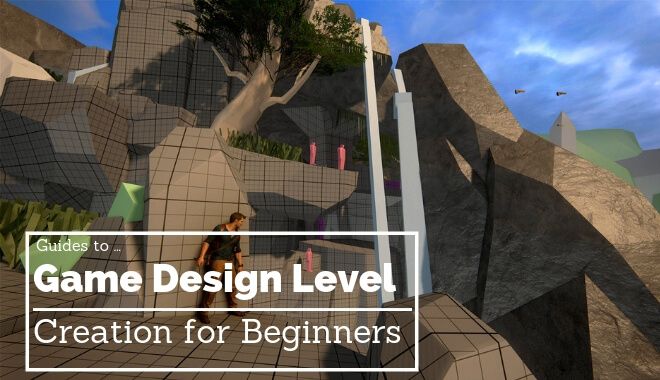In the fast-paced world of gaming, creating a memorable and immersive experience for players is crucial. Developers often focus on creating intricate maps and levels filled with challenging obstacles and enemies. However, one often overlooked aspect of game design is the importance of creating memorable moments that resonate with players long after they’ve put down the controller. In this article, we’ll explore the concept of designing for memory, not maps, and how this approach can elevate the gaming experience to new heights.
When players think back on their favorite games, it’s not always the layout of the levels or the complexity of the map that stands out. Instead, it’s the moments that made them feel something – whether it’s awe, excitement, fear, or sadness. These moments are what stick in players’ minds long after they’ve finished the game, and they are what create a lasting connection between the player and the game.
So how can developers create these memorable moments that resonate with players? One approach is to focus on emotional storytelling and character development. By creating compelling characters cloud vps with rich backstories and complex motivations, developers can draw players into the world of the game and make them care about what happens to the characters. When players become emotionally invested in the story and its characters, the game becomes more than just a series of levels to beat – it becomes an experience that stays with them long after they’ve completed the game.

Another way to design for memory is to create unique and innovative gameplay mechanics that stand out from the crowd. While it’s important to have solid gameplay fundamentals, such as tight controls and balanced mechanics, adding a twist that sets the game apart can make it truly memorable. Whether it’s a novel approach to combat, a clever puzzle mechanic, or a mind-bending level design, thinking outside the box can elevate the gaming experience and leave a lasting impression on players.
In addition to storytelling and gameplay mechanics, another key element of designing for memory is creating breathtaking visuals and immersive sound design. A visually stunning game with a richly detailed world and jaw-dropping graphics can captivate players and transport them to another reality. Likewise, a carefully crafted soundtrack that complements the mood and atmosphere of the game can enhance the emotional impact of key moments and create a truly immersive experience.
Ultimately, designing for memory is about creating moments that resonate with players on a deep emotional level. By focusing on storytelling, character development, innovative gameplay mechanics, stunning visuals, and immersive sound design, developers can create a gaming experience that lingers in players’ minds long after they’ve finished playing. As players continue to demand more from their gaming experiences, designing for memory, not maps, will become increasingly important in creating games that stand the test of time.
In conclusion, designing for memory is a powerful approach that can elevate the gaming experience and create a lasting connection between players and games. By focusing on storytelling, character development, innovative gameplay mechanics, stunning visuals, and immersive sound design, developers can create unforgettable moments that resonate with players long after they’ve put down the controller. As the gaming industry continues to evolve, designing for memory, not maps, will be essential in creating games that leave a lasting impression on players and stand the test of time.

